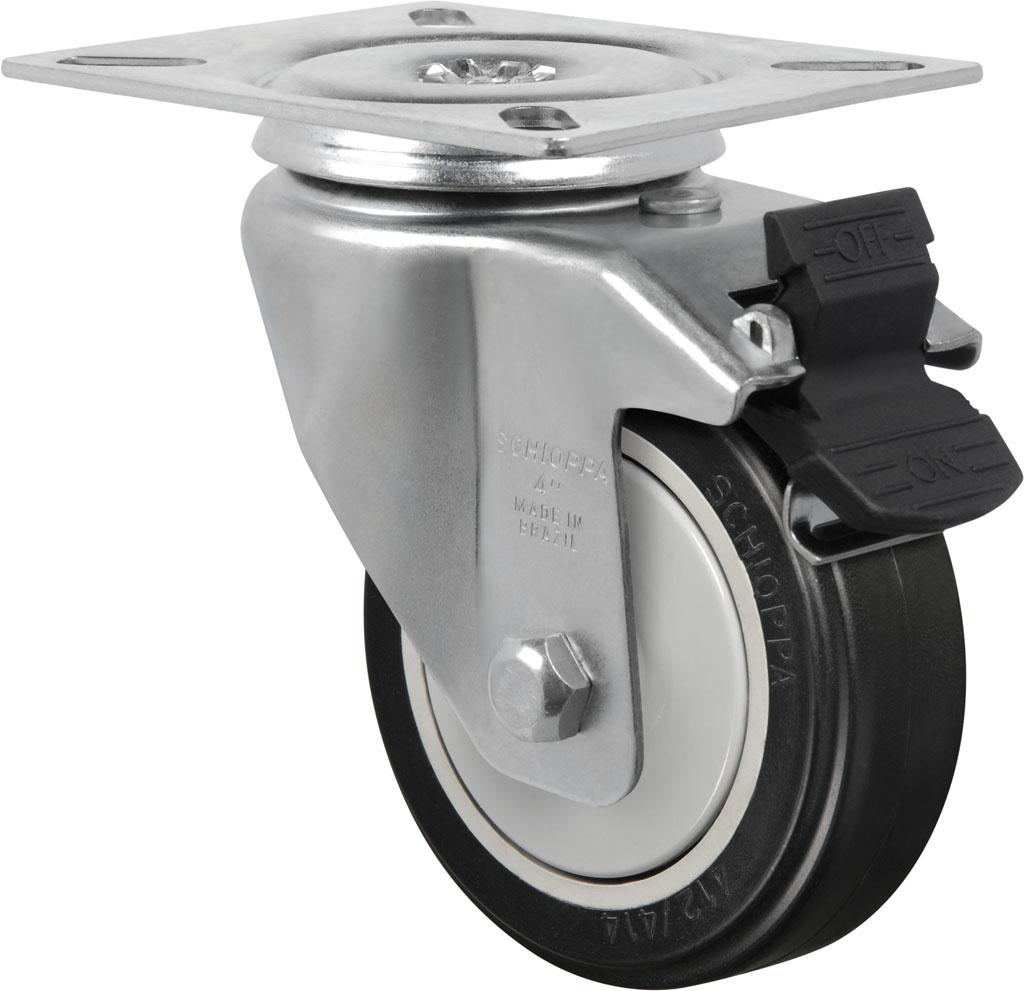There are different ways of investing in your company, and providing a Training Program for your employees is one of them. You could be training new or existing employees on new trends, but all this works when you have a strategic program. Effective training is more than just sharing information. This is an opportunity to expand the knowledge of your employees on certain matters. Leading companies in Dubai know that allowing employees to go for courses might delay projects; however, training is beneficial to both the organization and individuals.
Why Training Programs are Beneficial for Your Company:
Although these programs are costly, for instance, taking the employees from the office, the benefits outweigh the costs. Below are some of the reasons why you should consider a training program.
Training increases your employees’ productivity and adherence to the quality standard of work in the departments. Trained workers are effective, and they rarely make common mistakes, they are consistent in their work, therefore, increasing productivity.
These programs help the employees to improve their skills and eliminate problems before they escalate. It also helps the team to stay competitive. Corporate training in Dubai will help your staff to stay innovative; this boosts their creativity and helps the company to stay ahead of the competitors.
Tips for Creating an Effective Training Program:

Define the Goals and Measures of Success:
Before starting the training, you ought to define the base of your program, for instance, the goals and how you will measure the outcome. First, you need to identify the departments or the staff that needs training. Developing a detailed plan for the employees helps you to create an effective program that suits their schedule and needs. After identifying the staff that needs training, you can go on to establish your business goals. You can include all the team-building activities for various departments.
Create the Outline of your Program:
After establishing your goals and team-building activities, the next step is to decide how to approach the content. Start with the outline and concentrate on the subject you want to address in the program. A simple way to choose a topic is by selecting the topic that suits the employees. Focus on the training goals and objectives. Decide on how you are going to present the training to the employees. Confirm that the audio, visual, and multimedia slideshows work.
Create the Plan:
To create an effective program, you need to define the learners’ objectives and focus on strengthening their weaknesses. The topic should include a significant area and how the program can help to solve or improve the problem. Choose appropriate team-building activities that help the staff to learn and improve their skills. Decide whether you want to use online resources for individuals or onsite; this depends on your budget.
Engage the Audience:
The program will only be successful if the learners are engaged. Ensure that your audience can understand and grasp each concept of the program. Confirm that each of them feels comfortable and confident in what they do. Divide the content into smaller parts for better understanding. This helps to avoid confusion and misinterpretation among the audience. Ensure that the learners understand that team-building activities are as important as the rest of the content.
Conduct a Test:
Before the program, you ought to conduct a pilot test to establish what works and what needs improvement. It is easier to fix the content at this stage rather than when the program is underway. You can even ask the participants to take a survey comment on what they think worked and suggest any improvements.
Measure the Success of Your Program:
The significance of measuring the success of your program is that it will help you to improve your current and future programs. Once the program is underway, you can start monitoring the engagement and the effectiveness of your program. Ensure that the team-building activities deliver the intended results. Translate the outcome into improvements that can benefit your program and the participants.
Measuring the success of the program is as important as training. Conducting surveys and interviewing the workers and their supervisors help you find out whether the desired results were achieved. Ask the employees if they notice any changes after the program.
Whether you are a startup or an established company, an effective training program is important for the company and the employees. Training enables the workers to remain innovative and confident in their departments. Remember to conduct a pilot test to improve weak areas and to update the program. Don’t forget to measure the success of your program; this helps to improve your future training.
Read Also:






















